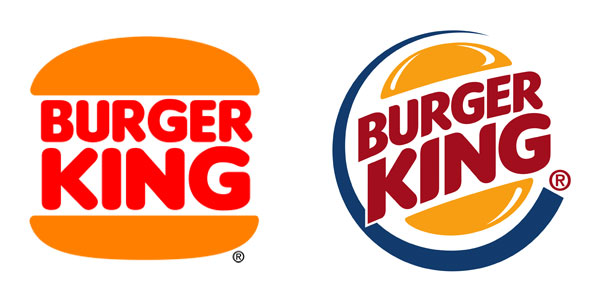
Some Branding Ways That Never Fails
“A brand is the set of expectations, memories, stories, and relationships that, taken together, account for a consumer’s decision to choose one product or service over another.”
- Seth Godin
Many global reports reveal that up to 60% of millennials go for brands published or marketed on different platforms. The consistent brand representation has helped the reputed brand expand its business reach by 23%. And this has made more than 95% of the companies form their brand guidelines encompassing details like branding colors, values, ethics, and protocol.
Now when it works as the base of any strong business, why not give it the required attention and get started with the proper branding practices?
Try to make no mistake as branding acts as the most valuable asset for your business. No matter online or offline, branding plays a vital role in all aspects of the company. If you are an entrepreneur, our advice is to construct a business identity and maintain it at its best in the marketplace.
Some important marketing activities include –
- Website and online marketing
- Building a branding environment in the storefront
- Work on content marketing and publishing
- Give a try at some offline marketing tactics
- Print signages and marketing collaterals
Here is how to make your marketing shout out loud –
Get a vision statement – Until you are not clear with what you want, you won’t be able to reach out to your ideal customers while leaving an impeccable impression on them. Know the value of marketing yourself as a brand and stand out from the crowd. Ask your marketing team to share content that shouts out loud to back your business.
Display the best in your brand – Until you won’t let people know what you have in your kitty for them, nothing won’t work. For this, you can get some signage boards or outdoor LCD screens displaying your best offers and deals. While you pick the showcasing LCD screens, go for quality ones that come with sunlight reliability and other remarkable features.
Infuse branding in everything – No matter if you are running a restaurant or an IT company in the middle of the vicinity, you should be good enough to embed your branding touch in everything you do. For instance – get a branding poster printed to be displayed outside a store or office, get some business cards, brand t-shirts for any official trip or event, and much more.
Be a sponsor – If your city happens to organize an event in the city, make sure to be a highlighted part of it. Be yet another sponsor to seek all the attention at once.
The final thoughts –
Making your brand do well in the current competitive times comes with many struggles and out-of-the-box ideas. While you may be paying all your attention to the website development for your business, it is essential to spend some heed to the offline marketing tactics. Brace yourself to get the best of these two worlds for your business.

















